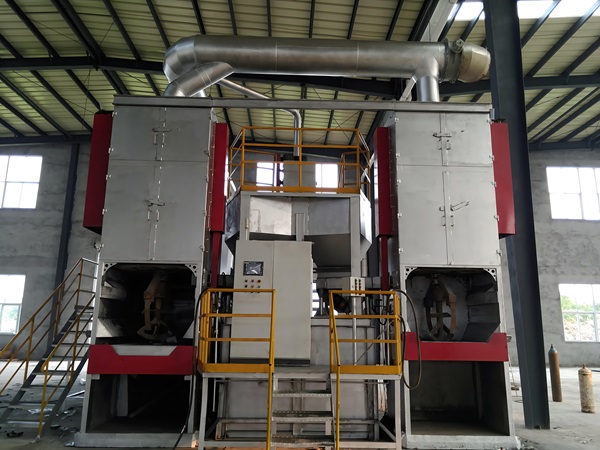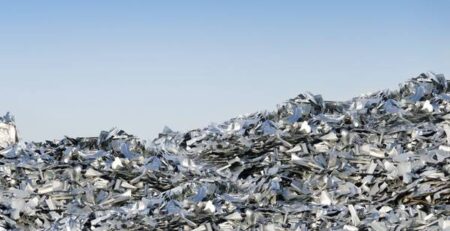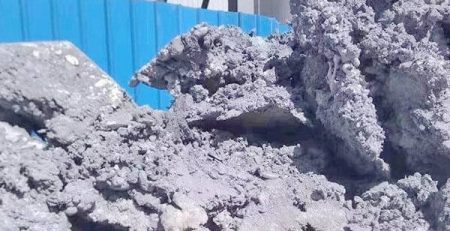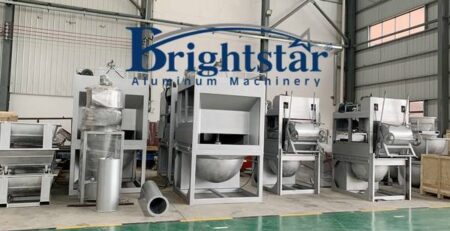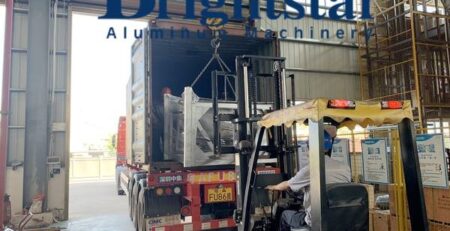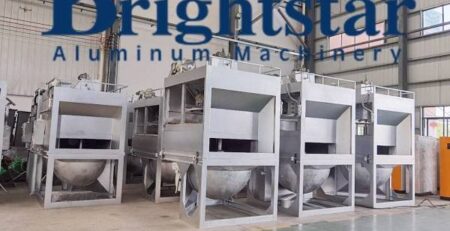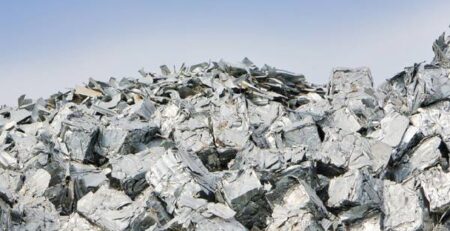Qual è la tendenza della macchina per la lavorazione delle scorie di alluminio?
Qual è la tendenza della macchina per la lavorazione delle scorie di alluminio?
Qual è la tendenza della macchina per la lavorazione delle scorie di alluminio?
The trend of macchina per la lavorazione di scorie di alluminio points towards increased efficiency, sostenibilità, e automazione.
Ecco alcuni punti salienti:
Efficienza:
Tassi di recupero più elevati: Le macchine stanno superando 90% recupero dell'alluminio dalle scorie, minimizing waste and maximizing valuable material extraction.
Reduced energy consumption: Newer technologies utilize residual heat from dross itself, eliminating the need for external fuel and lowering operational costs.
Automazione: Increased automation reduces manual labor, improves consistency, and enhances safety in the processing environment.
Sustainability:
Environmentally friendly: Recycling aluminium from dross reduces reliance on virgin aluminium, saving energy and minimizing environmental impact.
Circular economy: Dross processing aligns with circular economy principles by keeping aluminium in use and reducing waste generation.
Compliance with regulations: Stricter environmental regulations are driving demand for cleaner and more efficient dross processing methods.
Automazione:
Robotic systems: Advanced robots are increasingly used for precise handling and processing of dross, leading to higher accuracy and throughput.
AI-powered control: Artificial intelligence is being integrated to optimize machine settings and process parameters, further improving efficiency and recovery rates.
Remote monitoring and control: Operators can remotely monitor and manage machines, offering flexibility and improved safety.
Other trends:
Growing market: The global aluminium dross processing machine market is expected to reach significant growth in the coming years, driven by the factors mentioned above.
Development of new technologies: Manufacturers are constantly innovating and developing new technologies to improve machine performance and address specific industry challenges.
Focus on safety: Safety features and ergonomic designs are becoming increasingly important as the machines become more powerful and automated.
Complessivamente, the aluminium dross processing machine industry is experiencing a wave of positive developments that promote efficiency, sostenibilità, e automazione.
This trend is expected to continue as the industry strives for even more environmentally friendly and cost-effective solutions.
In addition to the trends it mentioned previously, here are some other key developments in the aluminium dross processing machine industry:
Advanced separation techniques:
Dry magnetic separation: This method eliminates the need for water, reducing environmental impact and energy consumption.
Eddy current separation: This technology effectively separates non-ferrous metals from the dross, improving the purity of the recovered aluminium.
Froth flotation: This process utilizes differences in surface properties to separate aluminium from impurities, offering high efficiency and flexibility.
Integration with other technologies:
Plasma technology: Plasma torches can refine the recovered aluminium, removing impurities and producing high-quality metal.
Laser technology: Lasers can be used for precise cutting and sorting of dross, minimizing waste and maximizing aluminium recovery.
Sensor technology: Advanced sensors monitor key parameters like temperature and pressure, enabling real-time process optimization and control.
Focus on specific applications:
Development of machines tailored for different types of dross: This ensures optimal processing performance and recovery rates for various aluminium production processes.
Compact and portable machines: These cater to smaller-scale operations or on-site dross processing needs.
Integration with recycling plants: Dross processing machines are increasingly being integrated into larger recycling facilities for efficient and cost-effective aluminium recovery.
Sustainability beyond environmental benefits:
Reduced water usage: Water-efficient processes are being developed to minimize water consumption and wastewater generation.
Closed-loop systems: These systems aim to reuse process materials and minimize waste streams, further promoting sustainability.
Life cycle assessment: Manufacturers are conducting life cycle assessments to understand the environmental impact of their machines throughout their entire lifecycle.
Complessivamente, the development trend of aluminium dross processing machines is driven by a continuous pursuit of efficiency, sostenibilità, and adaptability.
With advancements in separation techniques, integration with other technologies, and increased focus on specific applications, these machines are playing a crucial role in promoting a more circular economy for aluminium and contributing to a greener future.


